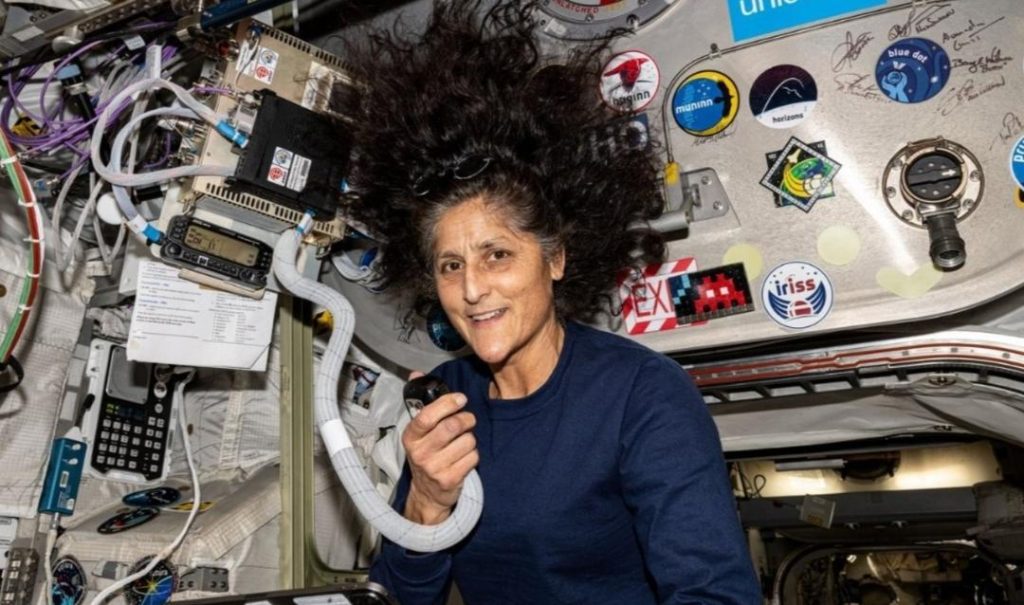
What Scientific Milestones Were Achieved by Williams & Her Team?
The International Space Station (ISS) has been a hub of scientific research and innovation since its inception. Over the years, numerous crews have resided on the space station, conducting experiments and tests that have furthered our understanding of the universe and improved our daily lives. One such crew was the Expedition 36/37 crew, which included NASA astronauts Nick Hague, Butch Wilmore, Sunita Williams, and cosmonaut Aleksandr Gorbunov. In this blog post, we will explore the scientific milestones achieved by Williams and her team during their time on the ISS.
Plant-Related Studies
The crew focused on several plant-related studies, which aimed to understand how plants grow and develop in space. These studies were crucial in understanding the effects of microgravity on plant biology and could potentially lead to advancements in agriculture and food production in space missions. The crew conducted experiments on plant growth, including the effects of microgravity on root growth and the development of seeds. They also studied the behavior of plants in response to different lighting conditions and tested the effectiveness of plant-based air purification systems.
Monitoring Urban Growth, Climate Change, and Natural Disasters from Space
Butch Wilmore, one of the astronauts on the crew, captured thousands of images of Earth from space, monitoring urban growth, climate change, and natural disasters. These images were used to study the effects of climate change on coastal erosion, monitor the spread of wildfires, and track the growth of cities. The crew also studied the impact of natural disasters, such as hurricanes and floods, on urban areas. These studies were crucial in understanding the effects of climate change and natural disasters on human populations and the environment.
Testing 3D Printing of Implantable Medical Devices in Microgravity
The crew also tested the feasibility of 3D printing implantable medical devices in microgravity. This experiment aimed to understand the effects of microgravity on the printing process and the properties of the printed devices. The crew 3D printed various medical devices, including a surgical instrument and a heart valve, and tested their properties and functionality. This experiment could potentially lead to the development of new medical devices that are more effective and efficient in space missions.
Other Scientific Milestones
In addition to these experiments, the crew achieved several other scientific milestones during their time on the ISS. They conducted experiments on the effects of microgravity on the human body, including the effects on bone density and muscle mass. They also studied the behavior of fluids in microgravity and developed new techniques for analyzing and processing scientific data. The crew also conducted maintenance tasks and performed routine checks on the ISS systems to ensure the continued operation of the space station.
Conclusion
Sunita Williams and her team achieved several scientific milestones during their time on the ISS. Their experiments on plant biology, urban growth, and climate change demonstrated the importance of space research in understanding the effects of microgravity on living organisms and the environment. The crew’s testing of 3D printing of implantable medical devices in microgravity could potentially lead to the development of new medical devices that are more effective and efficient in space missions. The crew’s contributions to scientific research and innovation will have a lasting impact on our understanding of the universe and our ability to explore and settle space.
Source:






